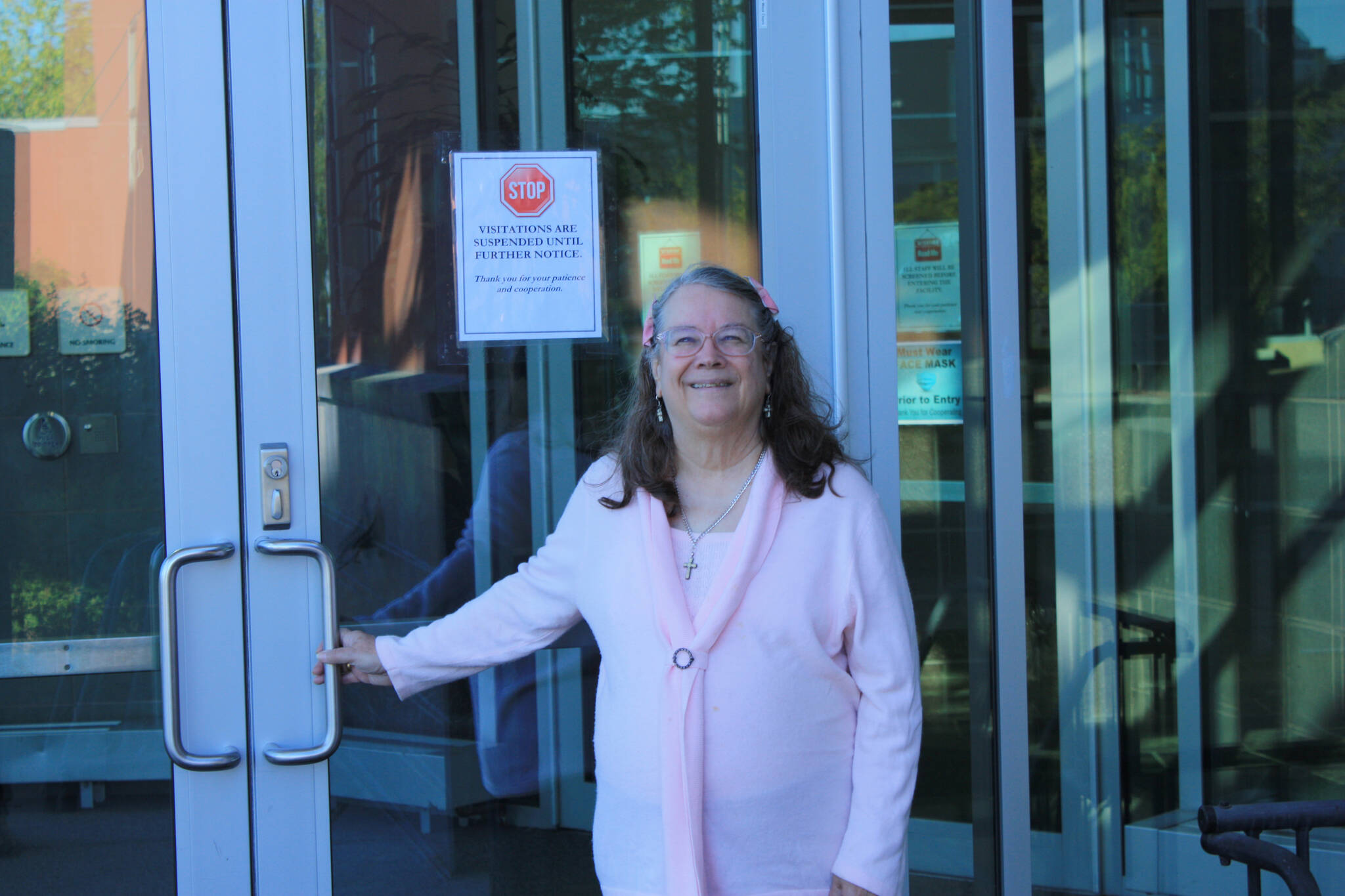Newspapers have always had a positive role in improving mental health care in America. For over 100-years, investigative reporters have been willing to go where most politicians have been afraid to go. And that is, criticizing the poor quality of mental health care and psychiatric hospitals.
In 1872, investigative reporter, Julius Chambers was given an assignment by the editor of the New York Tribune to have himself committed to the Bloomindale Insane Asylum in New York for 12 days and then report on the conditions that patients faced. The resulting news articles were published as a book, “A Mad World and Its Inhabitants.”
The newspaper stories by Chambers made an impact, but for the most part, his suggestions on needed improvements in psychiatric patient care were not adopted. Fifteen years later, Nellie Bly would receive a similar assignment from the editor at The New York World to have herself committed to the Blackwell’s Island Woman’s Insane Asylum in New York for 10 days. Bly found that the degrading conditions that she and other patients faced were as bad or worse than what Chambers described.
There are unacceptable similarities in the way psychiatric patients are treated in Alaska’s locked psychiatric facilities today compared to the way Chambers described the mistreatment of patients 151 years ago. In his book, Chambers came up with five suggestions on needed improvements in psychiatric patient care that are still relevant.
One. “Do away with the element of secrecy…”
Two. “Secure a better classification of patients so that the harmless shall not be associated with the vicious…”
Three. “Abolish the indiscriminate use of straitjackets…”
Four. “Forbid the locking up alone in their cells of the sick and dying…”
Five. “Put the attendants under such supervision as to render the perpetration of cruelty impossible.”
If Chambers or Bly spent 10 days locked in any of the major psychiatric facilities in Alaska today as a patient, here is what they would find: Psychiatric facilities keep secret the number and type of patient complaints, injuries and traumatic events. Violent patients are often mixed with non-violent patients. In 2017, at the Alaska Psychiatric Institute there were 50 patient-on-patient assaults. Patients are still locked in isolation and staff at psychiatric hospitals are not governed by the proper state regulations to prevent mistreatment and cruelty to patients.
Psychiatric patients locked in a facility 151 years ago did not have a right not to be mistreated or face unnecessary degrading treatment. Chambers failed in his great effort to improve the care for psychiatric patients. In his efforts, he tried to require that doctors, psychiatric hospitals, and state agencies act in a more responsible way when providing care for people with a mental illness. Chambers did not advocate for individual patient rights that would allow patients to protect themselves. That, I believe, was his mistake and why he failed.
Every policy that allowed for the mistreatment and degrading conditions psychiatric patients faced 151 years ago should be eliminated. But instead, in the 1980’s, the Alaska Legislature started codifying many of those bad policies into law. Hospital management would be allowed to write the psychiatric patient grievance process. (AS47.30.847) There is no requirement that a patient’s complaint makes it past the walls of an institution. Patients will be free from corporal punishment, but hospital management gets to define corporal punishment. Patients were given a right to go outdoors, but hospital management decides “when” or “if” with no independent oversight. A close inspection shows that the Alaska Legislature has made very few beneficial improvements in psychiatric patient rights in the last 64 years.
Chambers in his book described the ordeal of being locked in a psychiatric facility: “The utter separation from the world and other conditions of my imprisonment had such an effect upon me, that after nine days in a fit of the deepest despondency, I well-nigh lost all courage.—I became so depressed and disconsolate that (it is no exaggeration) I actually began to question my ability to retain my reason should I be forced to remain longer where I then was.”
The average stay for a patient in the state-run Alaska Psychiatric Institute is 14 days. Like Chambers, patients are often cut off from family, friends and the community. Adolescents locked in a psychiatric hospital can spend months under the same conditions. Patients often endure bad policies, and unprotected rights that makes them feel helpless. It is not a recipe for patient recovery. To improve the recovery of people with a mental illness, the Alaska Legislature must completely revise psychiatric patient rights into rights that fit with the 21st Century.
• Faith J. Myers is the author of the book, “Going Crazy in Alaska: A History of Alaska’s treatment of psychiatric patients,” and has spent over 7 months locked in psychiatric facilities in Alaska. Columns, My Turns and Letters to the Editor represent the view of the author, not the view of the Juneau Empire. Have something to say? Here’s how to submit a My Turn or letter.

